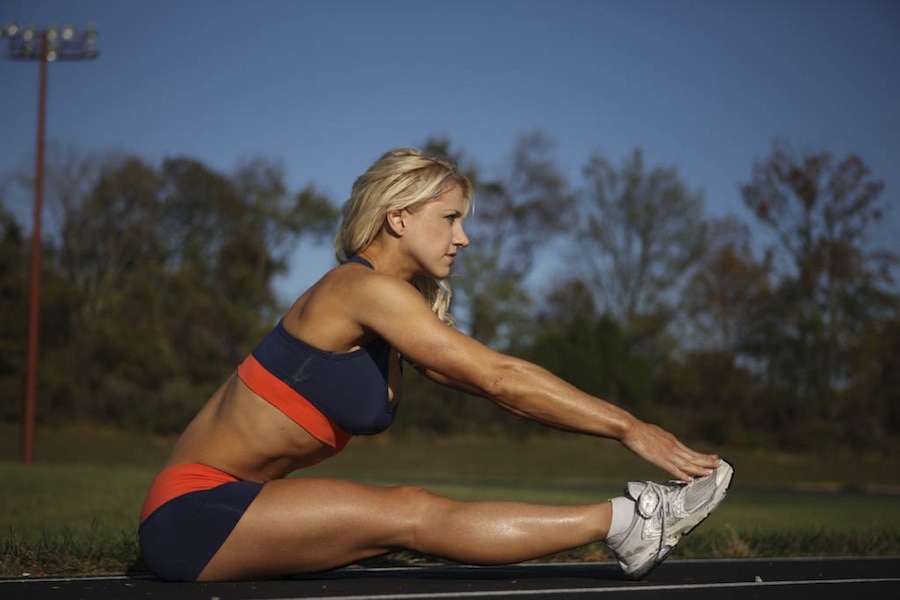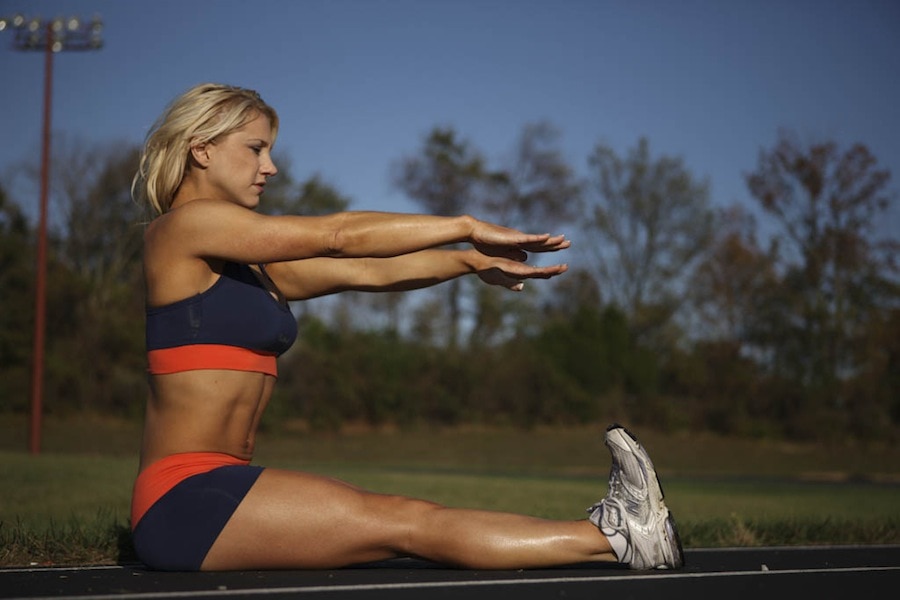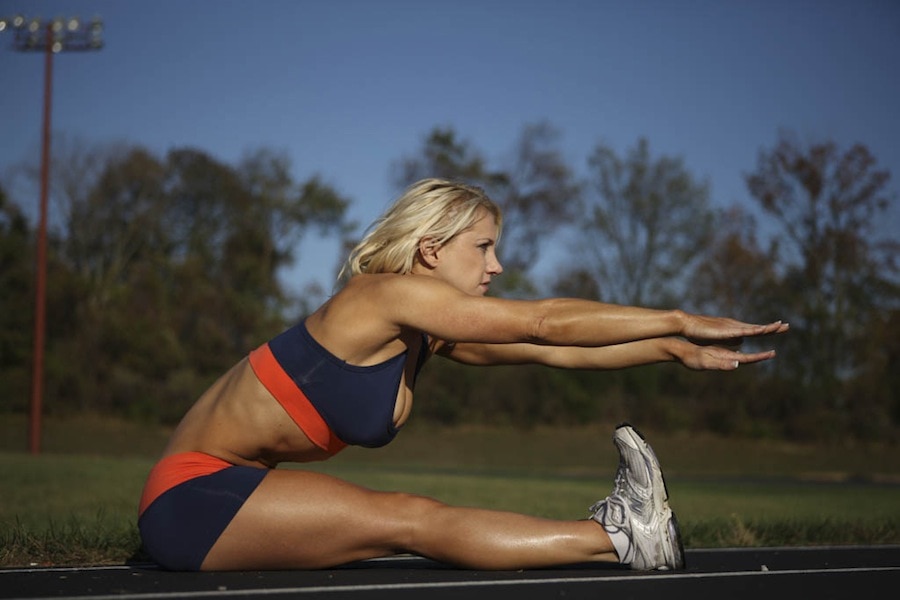How to do a Seated Pike Stretch


The pike stretch is a highly effective exercise that targets your hamstrings, lower back, and core muscles. Whether you are an athlete looking to improve your flexibility or someone who spends long hours sitting at a desk, incorporating the pike stretch into your routine can help prevent injury, reduce lower back pain, and increase your range of motion.
In this article, I will guide you through the proper technique for performing the seated pike stretch and provide tips for maximizing its benefits. So grab a mat, stretch out those muscles, and get ready to feel the burn!
How to do a Pike Stretch:
Here is a step-by-step guide to performing the sitting pike stretch:
- Start by sitting on the floor with your legs straight out in front of you and your feet flexed.
- Place your hands stretched out straight ahead of your with your finger extended forward.
- Engage your core muscles and lengthen your spine by lifting your chest towards the ceiling.
- On an exhale, begin to hinge at your hips and fold forward, reaching your hands towards your toes.
- Keep your knees straight and avoid rounding your spine. Instead, focus on keeping your chest lifted and reaching through the crown of your head.
- Continue to fold forward as far as you can comfortably go, while maintaining proper form. If you cannot touch your toes, don’t worry; just go as far as you can while keeping your back straight.
- Hold the stretch for 15-30 seconds, breathing deeply and relaxing into the position.
- On an inhale, slowly come back up to a seated position, keeping your spine long and your core engaged.
Repeat the sitting pike stretch 2-3 times, aiming to deepen your stretch with each repetition. Remember to breathe deeply throughout the stretch and listen to your body, never forcing yourself into a position that causes pain. With regular practice, you should begin to notice increased flexibility and improved mobility in your hamstrings, lower back, and core muscles.
How can I improve my seated pike stretch?
To improve your pike stretch, it’s important to warm up properly before attempting the exercise. You can do some light cardio or dynamic stretches to get your muscles ready for the stretch. Additionally, if you are struggling to reach your toes, you can use props like a yoga block or a rolled-up towel to help you. As you practice the stretch, focus on engaging your core, quadriceps, and glutes to help you maintain proper form and go deeper into the stretch.
Consistency is key, so aim to practice the pike stretch regularly, gradually increasing the length of time you hold the stretch and the depth of the stretch. Don’t forget to incorporate other stretches that target different areas of your body, such as your hips, chest, and shoulders, to improve overall flexibility and mobility. With time and practice, you’ll be able to improve your pike stretch and enjoy the benefits of increased flexibility and reduced muscle tension.
What muscles do you stretch in a pike?
The pike stretch primarily stretches the muscles in the back of your legs, including your hamstrings, calves, and lower back. Additionally, it can also help stretch your hip flexors and improve overall flexibility in your core muscles. When performed correctly, the pike stretch can help reduce tension and stiffness in these muscles, improve range of motion, and prevent injury. It’s a great stretch to incorporate into your workout routine, especially if you spend a lot of time sitting or have tight muscles in your legs and lower back.
Pike Stretch Variation – Flexed Pike Stretch


Flexing your feet and keeping your back straight in a seated pike stretch helps you target the right muscles and avoid injury. When you flex your feet, you activate your calf muscles and create a stable base for the stretch. This stability helps you maintain proper form and go deeper into the stretch.
Keeping your back straight ensures that you are stretching your hamstrings and lower back muscles without putting unnecessary pressure on your spine. It also helps prevent rounding of the back, which can increase the risk of injury. By flexing your feet and keeping your back straight, you can safely and effectively stretch your muscles and improve your flexibility over time.
